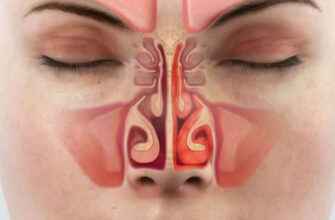Lupus is a chronic autoimmune disease that affects millions of people worldwide. It occurs when the immune system attacks healthy tissues in the body, leading to inflammation and damage. Lupus can affect different parts of the body, including the skin, joints, kidneys, and brain. It’s essential to recognize the early signs and symptoms of lupus to get timely medical attention and improve the prognosis. In this article, we’ll discuss the ten early signs and symptoms of lupus.
1. Fatigue
Fatigue is a common symptom of lupus. Patients may feel tired, weak, and lethargic, even after a full night’s sleep. This fatigue is not relieved by rest and can impact the patient’s ability to perform daily activities.
2. Joint pain and swelling
Joint pain and swelling are common early symptoms of lupus. The pain may be mild or severe, and the joints may be tender and warm to the touch. The pain and swelling can affect different joints in the body, such as the hands, wrists, knees, and ankles.
3. Skin rash
A butterfly-shaped rash on the face is a classic sign of lupus. The rash can appear on both cheeks and bridge of the nose and can be flat or raised. Other skin rashes, such as a red, scaly rash on the scalp or ears, may also be present.
4. Photosensitivity
Photosensitivity is another common symptom of lupus. Patients may develop a rash or other skin reactions after exposure to sunlight or other sources of ultraviolet radiation, such as fluorescent lights.
5. Fever
Fever is a common symptom of lupus, especially during disease flares. Patients may experience a low-grade fever that lasts for several days.
6. Mouth sores
Mouth sores, also known as oral ulcers, are another common early sign of lupus. These sores can be painful and may appear on the inside of the mouth or lips.
7. Hair loss
Hair loss, or alopecia, is a common symptom of lupus. Patients may notice hair thinning or patchy hair loss on the scalp. In some cases, hair loss may also occur on other parts of the body, such as the eyebrows and eyelashes.
8. Raynaud’s phenomenon
Raynaud’s phenomenon is a condition that causes the blood vessels in the fingers and toes to narrow, reducing blood flow to these areas. Patients may experience numbness, tingling, and color changes in their fingers and toes, especially in response to cold temperatures.
9. Chest pain
Chest pain or discomfort is another early sign of lupus. The pain may be sharp or dull and may worsen with deep breathing or coughing. Patients may also experience shortness of breath or palpitations.
10. Kidney problems
Lupus can affect the kidneys, causing inflammation and damage. Patients may experience symptoms such as swelling in the legs and feet, foamy urine, and high blood pressure.
In conclusion, lupus is a chronic autoimmune disease that can affect different parts of the body. Recognizing the early signs and symptoms of lupus is crucial to getting timely medical attention and improving the prognosis. If you experience any of the above symptoms, consult your doctor for a proper diagnosis and treatment.











